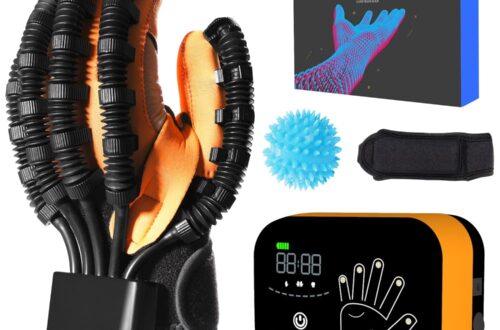Introduction
As we navigate through life’s later chapters, understanding the signs of a stroke becomes increasingly crucial. This guide focuses on equipping women over 40 with the knowledge to identify stroke symptoms swiftly, emphasizing the importance of early detection and prompt action without leaning heavily on a gentle approach.
The Importance of Awareness
Entering the fourth decade brings its own set of health considerations. Strokes stand out as a significant risk, where early symptom recognition can dramatically influence outcomes. It’s about safeguarding your future, ensuring you’re prepared to act when moments matter most.
Key Stroke Symptoms
Being alert to stroke symptoms is a critical aspect of your health strategy. Here’s what demands immediate attention:
- Sudden Weakness or Numbness: An abrupt loss of strength or feeling, especially on one side of the body, could signal a stroke. This can affect the face, arm, or leg, signaling urgent need for medical intervention.
- Confusion or Speech Difficulties: Experiencing sudden confusion, trouble speaking, or understanding speech highlights the need for immediate action.
- Vision Problems: A sudden, unexplained change in vision in one or both eyes warrants immediate concern.
- Balance Issues: Dizziness, trouble walking, or a sudden loss of balance or coordination are telltale signs.
- Unexplained Severe Headache: A sudden, severe headache without a clear cause is a red flag for a potential stroke.
Symptoms Unique to Women
Women may experience additional or different stroke symptoms, making awareness even more critical:
- Sudden Nausea or Vomiting: Appearing without a clear cause, these symptoms can indicate a stroke when occurring alongside others listed here.
- Fainting: Sudden loss of consciousness or fainting could be a sign of a stroke in women.
- Severe Fatigue: Unusual, extreme tiredness without a clear reason can be a symptom.
- Persistent Hiccups: Severe, uncontrollable hiccups may also indicate a stroke.
Taking Action
Recognizing symptoms is only the first step; what follows is just as crucial:
- Immediate Response: Don’t wait. If stroke symptoms appear, call emergency services right away.
- Note the Time: Recording when symptoms first appeared is vital for treatment options.
- Stay Informed: Being knowledgeable about your health status and potential risk factors is key.
Emphasizing Support and Recovery
Facing a stroke requires a support network. Lean on friends, family, and healthcare professionals for guidance and assistance in recovery and prevention strategies.
Forward-Looking Perspective
Life beyond 40 is filled with potential for growth, achievements, and cherished moments. Recognizing and acting upon stroke signs is a proactive measure to protect these future experiences.
Conclusion
Awareness and prompt action against stroke signs can significantly impact health outcomes for women over 40. Armed with this knowledge, you’re better positioned to take charge of your health, ensuring a future rich with possibility and fulfillment.
This streamlined guide aims to inform and empower women over 40 to recognize and respond to stroke symptoms promptly, focusing on the critical nature of these signs without diminishing their urgency.





